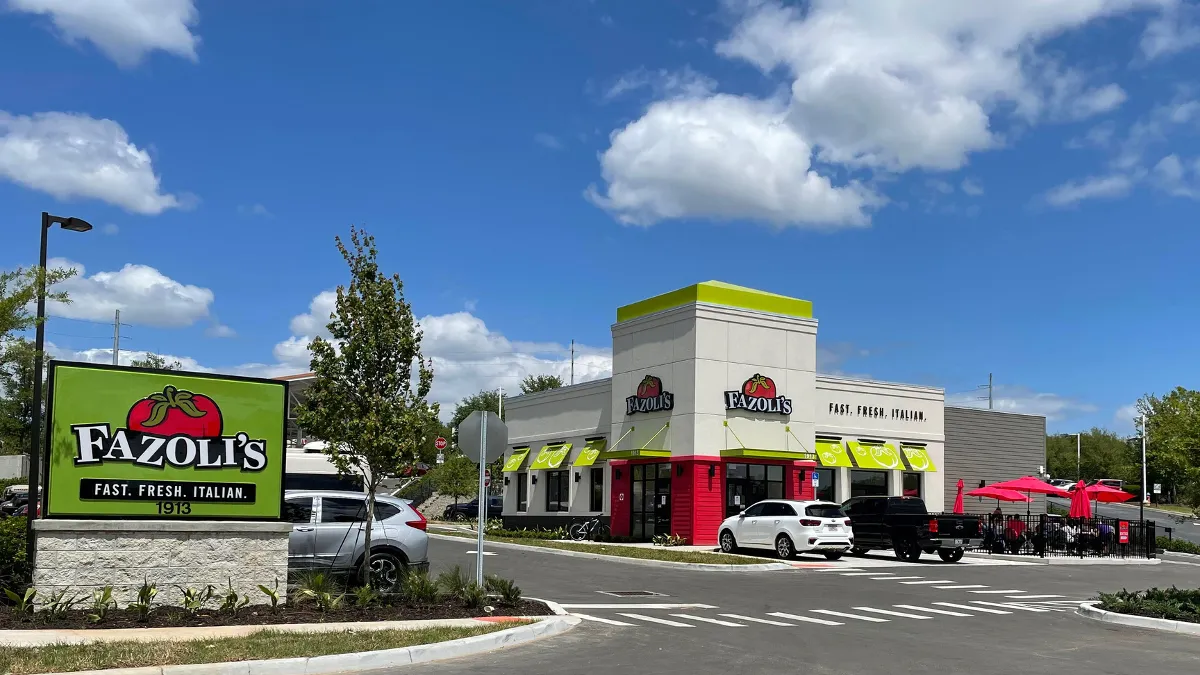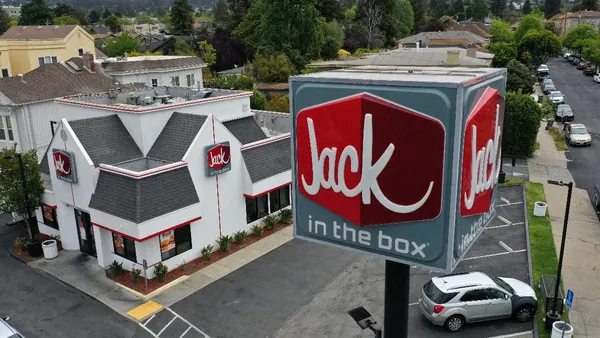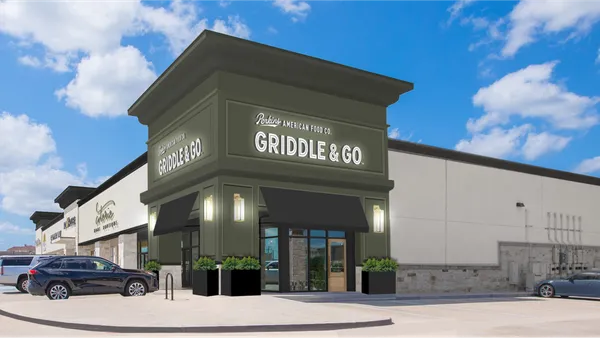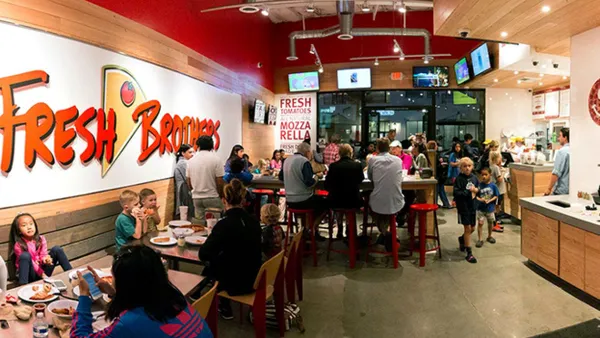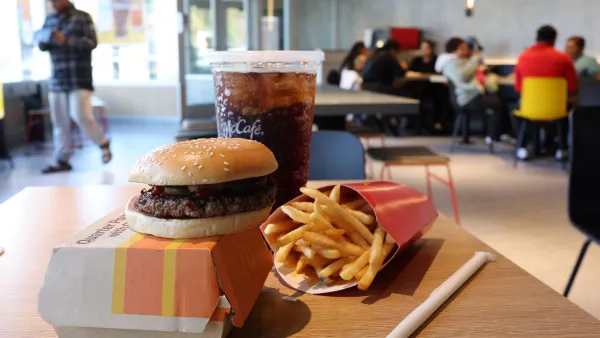Dive Brief:
- Fazoli’s will open five units in Utah through a franchising deal with Valor Acquisitions Group, the brand’s parent company Fat Brands said in a press release this week.
- The first store developed under the deal is expected to open in 2025 in Saratoga Springs, Utah, and will mark Fazoli’s return to the state, according to the press release.
- Since acquiring Fazoli’s in late 2021, Fat Brands has sought to expand the Italian concept, which experienced an extended decline beginning in the late ‘90s. Fazoli’s revival began before it was acquired by Fat.
Dive Insight:
Taylor Wiederhorn, chief development officer for Fat, said the company’s strategy for Fazoli’s focuses on bringing the chain back to markets it once vacated.
That strategy has proven successful in other markets like Florida and Arizona, Andrew Wiederhorn, the embattled board chairman of Fat, said on the company’s most recent earnings call. The brand left Arizona in the late 2000s but returned in 2022 with a location at the Phoenix Sky Harbor International Airport. In Florida, the chain re-entered the Orlando market in 2023 after 15 years without a store in the region.
Fazoli's recently reached six stores in Florida with the opening of its second Tampa location. In Arizona, a recent opening in Glendale set first weekend sales records for the chain, Wiederhorn said.
A number of once-booming brands that experienced long downturns in the first decade of the millennium are working on turnarounds. Friendly’s, once an East Coast powerhouse, is trying to turn menu reinvention and store-level renovations into a return to unit growth under Brix Holdings, which bought the ailing chain in 2021. Steak and Ale, a long defunct brand, is undergoing a revival. And Jack in the Box, which left Chicago in the 1980s, will return to that market later this year.
Subway, though its decline in unit count began later, is the largest such example, and like Fazoli’s, is continuing its reinvention after being acquired by a new owner.
While such turnarounds have been aided by acquisitions, or strategic shifts, a broader consumer interest in nostalgic reinterpretations of older brands and products may also be a factor. As the median age of Americans creeps upwards, the number of consumers who are willing to return to a resurrected old favorite may also increase.



